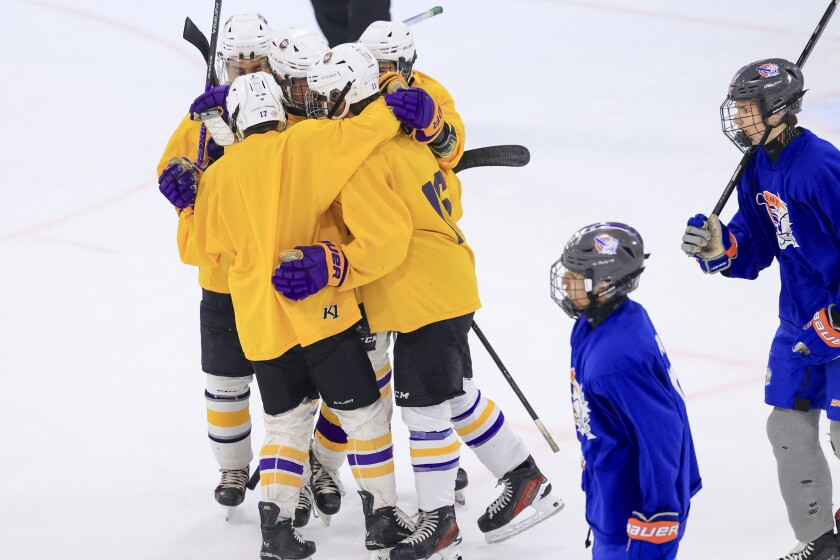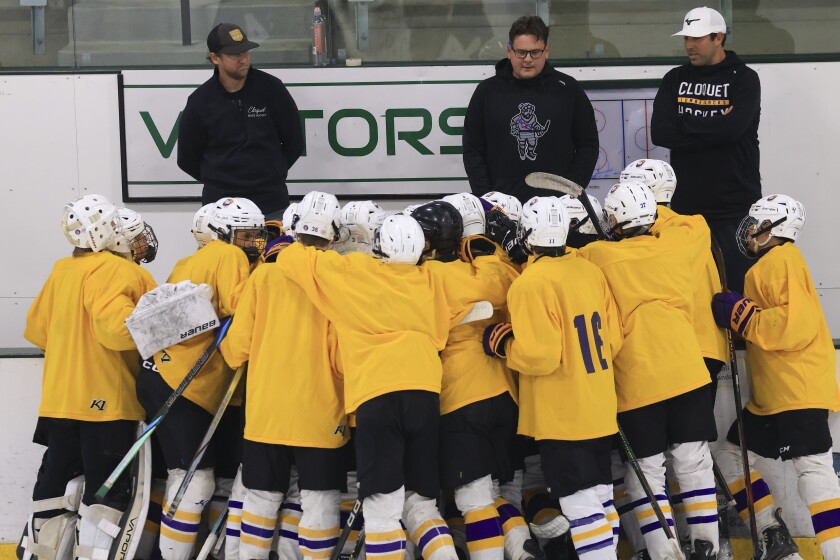F
rom the world of cinema come many unforgettable movie lines. “The Godfather” gave us “I’ll make him an offer he can’t refuse.” Dorothy Gale in “The Wizard of Oz” tells us, “There’s no place like home.” And after naïve Lloyd Christmas professes his undying love for socialite Mary in “Dumb and Dumber,” she shoots him down by telling him that his chances aren’t good. When he asks, “Like one in a hundred?,” she counters with “More like one in a million.”
An exultant Lloyd bursts forth with, “So you’re tellin’ me there’s a chance. Yeah!”
That came to mind when I read about a recent extensive study of youth sports in America. Nearly 2,000 parents of kids participating in youth sports were surveyed on various topics, including the athletes’ eating habits, undue pressure from coaches and/or teammates, and potential signs of burnout. The question that caught my attention was when parents were asked whether they thought their son or daughter had the potential to reach Division I level in NCAA college athletics.
Slightly more than one in five (20.5%) parents believed that this was the case. That’s a one-in-five chance that their kid will make it to D-I. Let me say first that there’s nothing wrong with wishin’ and hopin’ and plannin’ and dreamin’… It’s cool to aim high, but there have to be some realistic expectations thrown in.
It used to be that getting a college scholarship meant you could keep playing the sport you loved (or at least were very good at) and get a free college education as well. That was a great deal. Today, it’s that and there’s money on the table. That’s even more incentive, more pressure and more heartbreak.
Lots of kids play club softball, soccer and basketball. But the club sport that seems to be the most popular and perhaps best organized is club volleyball. Many club volleyball kids play the sport year-round to the exclusion of all else. Some have been convinced that exclusivity is the key to success, while other may simply have found the sport for them and don’t want to spend time playing other sports.
While not every kid who plays club volleyball aspires to play in college, it’s safe to assume most do. A look at how many actually reach that level is eye-opening. Remember that one-in-five percentage of parents who believed their kids were good enough for Division I sports? Well, for women’s volleyball, it’s actually one in 84. Yes, at those huge weekend volleyball tournaments that take over all the high school courts in town or are held at massive sports complexes in Phoenix or Orlando, out of roughly 1,000 girls playing, about 12 will make it to D-I.
To be fair, reaching Division I isn’t the ultimate goal for college athletics. Athletes can also compete at D-II, D-III, NAIA or junior colleges. Of course, not all of these offer athletic scholarships, so financial considerations may influence the decision. With all these options available, the likelihood of playing college volleyball at some level becomes much more attainable in 17.
However, if one in five thinks that their kid is D-I quality, what percent must feel that their child can play college ball somewhere? 50%? More? It’s brutal to learn that the actual number is around six percent.
It’s not just volleyball and it’s not just girls. It’s tough all around. For girls basketball, it’s one in 82 to go D-I. For guys, it’s one in 112.
The best odds for girls to make D-I come in the sports of lacrosse and ice hockey, both at one in 24. However, for that to happen, you’d have to go back in time and somehow see to it that your parents settled in New England or upstate New York so that you could grow up playing those sports at a high level.
The longest odds for males (one in 152) and for females (one in 183) come in tennis, where a lot of D-I scholarships go to foreign athletes.
A full 15% of boys who play high school lacrosse go on to play in college, although only 3% play Division I. A robust 12% move on to college baseball and more than 9% do so in football.
For girls, the sport that comes after the aforementioned ones (ice hockey and lacrosse) in terms of a best shot at playing in college: Field hockey, which basically isn’t played anywhere west of the Mississippi. That’s some serious regional bias there.
So, the odds are long, but that’s why dreams are dreams.































































